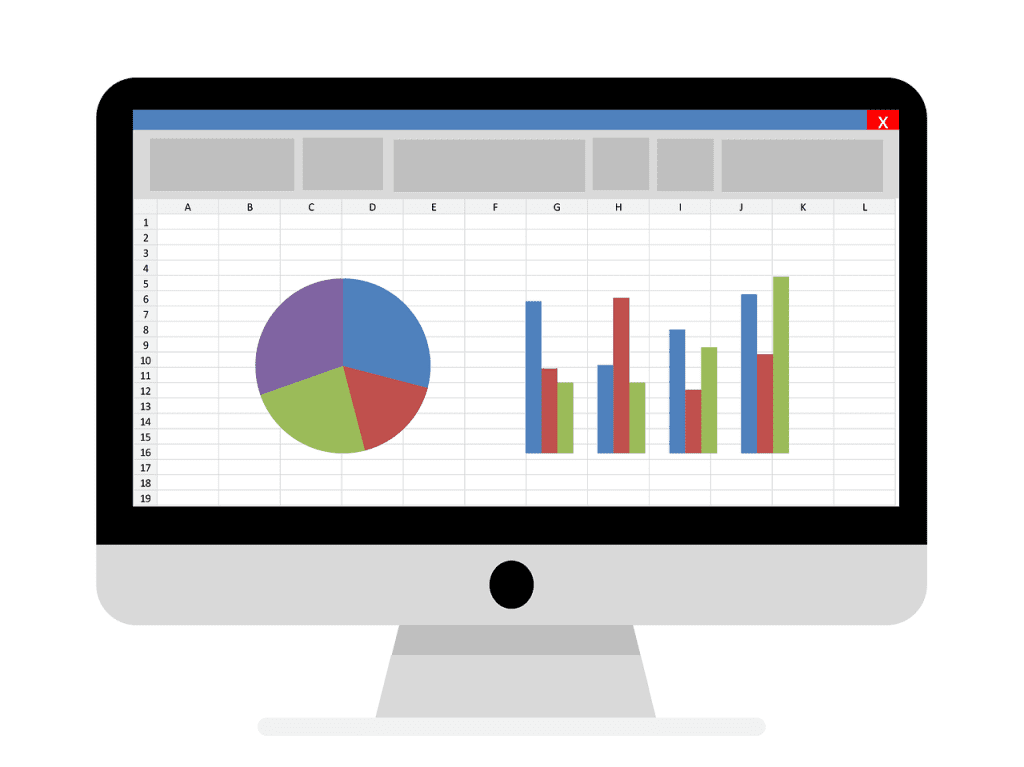A Challenging Day in the FP&A Arena
For those versed in the world of financial planning and analysis (FP&A), a hefty data load in Excel followed by daunting error messages is all too familiar. This can be likened to inviting an oversized challenge into an ill-prepared environment. Indeed, it marks your initiation into the sometimes turbulent FP&A landscape!
The Day Excel Turned into a Diva
The day had commenced like any other in the world of financial planning and analysis. Under the bright sunshine and freshly brewed coffee by my side accompanying my work, I was engrossed in preparing the annual budget plan.
Dealing with a vast array of data was not an unusual scenario in FP&A, but this time it was particularly extensive. Armed with a sizable dataset, I was ready to delve into the sea of numbers, eager to derive actionable insights for the forthcoming fiscal year. But, in an unforeseen turn of events, Excel proved to be less accommodating than anticipated.
The screen was inundated with the dreaded error message – “Excel cannot complete this task with available resources.” This unexpected bottleneck hindered progress, presenting an operational challenge in the realm of data management.
The AI Hero We Deserve and Need
In the throes of my predicament, as I struggled to reconcile with the limitations of traditional spreadsheet software, I recalled a crucial tool in our tech stack – a sophisticated AI solution. This AI tool, designed to handle and process large volumes of data seamlessly, seemed perfectly equipped to address the issue at hand.
The application of AI in finance, specifically in FP&A, has been gaining momentum, and our firm has wisely invested in this advanced solution. The AI platform was touted to provide robust data processing, coupled with in-depth analytical capabilities, which made it a valuable contender to address the Excel data-loading hurdle.
In light of these capabilities, I decided to leverage this AI solution, with optimism for a resolution and a keen interest in its potential impact on our FP&A operations. The promise of AI – from its capacity to manage significant data volumes to its potential in extracting strategic insights – rendered it an intriguing alternative to traditional tools that were proving inadequate in this context.
AI to the Rescue: Enhanced FP&A Capabilities
In our search for a solution, we turned to artificial intelligence (AI) – a promising new tool in our arsenal, specifically designed to handle substantial datasets. As the vast amount of data was being fed into the AI tool, I could sense the potential for a major breakthrough.
The AI tool’s performance surpassed expectations. It processed the entire dataset swiftly and without error, exhibiting its superior capacity for data handling compared to traditional methods. This was a critical moment that highlighted the AI tool’s ability to manage complex and voluminous data, an aspect of financial planning and analysis that has become increasingly important in today’s data-driven world.
The successful processing of the dataset by the AI tool demonstrated a paradigm shift in FP&A – a move away from traditional, sometimes limiting tools like Excel, towards more robust and capable technologies. This shift underpins the evolution of the FP&A function, which is increasingly harnessing the power of AI to perform tasks more efficiently and accurately.
Welcome to the Future: Spreadsheets 2.0
With the success in data handling, the AI tool exhibited its power beyond mere spreadsheet manipulation. This marked a significant shift in our FP&A processes, propelling us into a new era where data management no longer equated to struggling with rigid spreadsheet tools.
The AI algorithm functioned akin to an expert conductor, coordinating a symphony of data in a harmonious and insightful manner. It neatly classified, sorted, and examined the data, generating analytical insights that would have traditionally consumed weeks of manual processing time.
More importantly, the AI tool showcased its precision. Thanks to advanced algorithms, it eliminated room for human error, raising our data accuracy to previously unattained levels.
Turning FP&A Nightmares into Daydreams
Reflecting on our previous struggle with Excel, one lesson stands out: AI is not just a tool to solve isolated problems, but a transformative technology for our FP&A functions. It’s not merely about managing large datasets or mitigating software limitations. Rather, it’s about revolutionizing how we work, making our process more efficient, less stress-inducing, and more productive.
Implementing the AI tool allowed us to turn a potential disaster into a momentous success. It enabled us to explore novel methods of understanding and navigating through data, consequently enhancing our decision-making process. This experience fostered a more efficient, intelligent, and precise financial planning and analysis approach than ever before.
The Promising Ending Every FP&A Professional Deserves
Excel, for all its prowess, may falter under the weight of expansive datasets. However, the advent of AI solutions equips us with robust tools to combat these limitations and continue our analytical pursuits effectively.
Take solace in the fact that confronting the ‘Excel Error Beast’ is no longer a solitary battle. With AI, the power to transform FP&A challenges into a seamless data processing and analytical experience is now within our grasp.
Envision a future where massive datasets and rigid software are no longer a source of trepidation, but an opportunity for growth and innovation. With AI as an ally, every system constraint or data overload can be repurposed into a win, propelling us towards an era of unbridled financial analysis and decision-making.
In this brave new world, you can navigate the complexities of the FP&A function with AI-led confidence and precision, leaving us time to reflect and strategize over a well-deserved, triumph-filled coffee.



